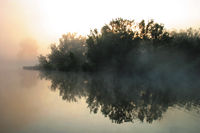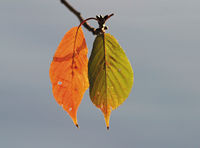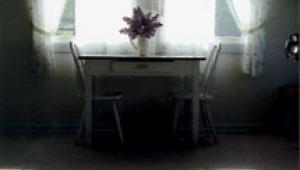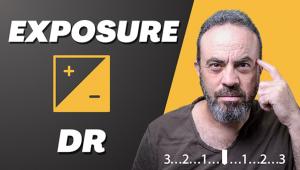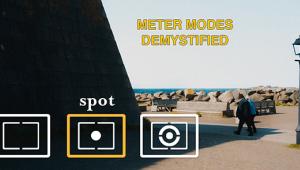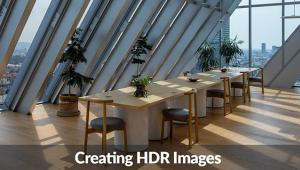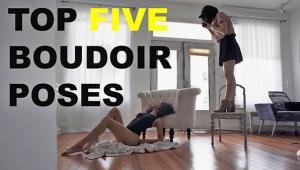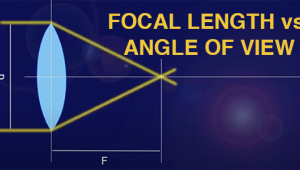Photographic SuperCourse: Composition Page 2
|
A Bit About Backgrounds
It's easy to get so wrapped up in your main subject that you don't notice what's going on in the background. Rest assured, the camera will note and duly record whatever falls within the image frame, whether you notice it or not. Ideally, the background elements should work with the subject to create a coherent "whole" picture. I lieu of that, at least the background shouldn't detract from the overall image. With fast-moving action subjects, you can't carefully examine the background as you shoot. But you can inspect the background area before you shoot, and move to a different camera position if the background is distracting where you first set up. Generally, it's best to try to photograph dark subjects against lighter backgrounds, and light subjects against darker backgrounds, but watch your exposure in these situations: Built-in camera meters are easily fooled by bright, dark or contrasty subjects, so it's best to switch to manual exposure mode and read just the subject, increasing the metered exposure by 1.5 stops or so if reading a light subject, or decreasing the exposure 1.5 stops or so if reading a dark subject (bracketing exposure is a good idea here). With the right lighting, you can get good shots of light subjects against light backgrounds, and dark subjects against dark ones. |
|
Simplicity
One big problem with beginners' photos is busyness. They either try to cram everything they can into one picture, or they don't even notice all the stuff that's there. Well, the camera notices all. One easy way to make better photos is to simplify. Concentrate on a single subject for starters, and try to isolate it against a plain background. |
|
Lines
One common compositional rule is to use a line to lead the viewer's eye where you want it in the image (generally, into the picture). Like the other rules of composition, it's a good one, but don't become a slave to it. |
|
Contrast
Contrast adds interest to an image. It can be light/dark, contrasting colors, color/monochrome, solid/fragile—anything that grabs the viewer's eye. |
- Log in or register to post comments


